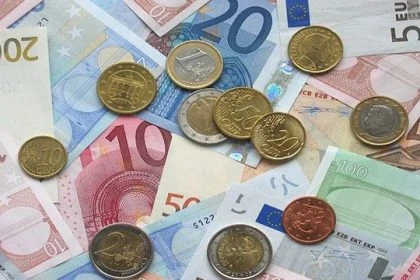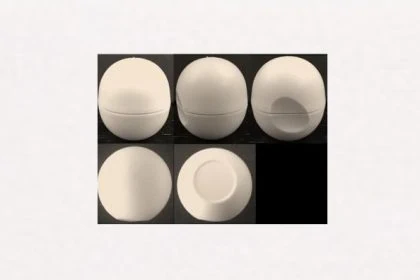The European Court rejected the desired trademark registration of the Union figurative mark #BESTDEAL. The applicant C&A relied in vain on the distinctive character of the hashtag sign # and on other EU trade marks containing the word element “Best”.
Lack of distinctiveness is one of the absolute grounds for refusal. Under Article 7(1)(b) of Regulation 2017/1001, trade marks which are devoid of any distinctive character are excluded from registration. Trade marks which are used as advertising slogans, indications of quality or expressions which promote the purchase of the goods or services covered by those trade marks are not excluded from trade mark protection either. The distinctiveness of such marks is assessed according to the same criteria as the distinctiveness of other marks, the European Court (CJEU) clarified.
Distinctive character is assessed both in relation to the goods or services for which registration is sought and in relation to the perception of the relevant public. Distinctiveness should always result in the origin of the protected product or service being clear and unambiguous.
Moreover, it is settled case-law that, where a trade mark consists of several elements, each distinctive character may be assessed in part for each of its terms or elements individually. In any event, the assessment must depend on an examination of the whole, the CJEU stated in its yesterdays judgment (EU:T:2019:560).
Unionmark #BESTDEAL devoid of distinctive character

Applied to the #BESTDEAL unionmark, the European Court found that consumers would understand the mark as a relatively banal message. Since there are no graphic elements, the English-speaking public will prefer an interpretation of the verbal element and its meaning is clear.
The plaintiff, the fashion and clothing company C&A (Switzerland), invoked distinctiveness through the use of the Hashtag sign and other EU registered trademarks with the word element “best”.
But the court denied. Nor does the hash tag used – the sign # – in the mark at issue have distinctive character. Many companies today use this symbol for advertising purposes, the Court stated, in order to gain more visibility in marketing on social networks. In addition, the Hashtag sign is also frequently used for decorative purposes on products, in particular clothing and fashion accessories. Therefore, a hashtag does not confer distinctive character on the mark applied for, was stated by the court.
The CJEU also held that the way in which the trade mark is presented with the hash tag, which leads to a slight overlapping of the word elements and arranges the hash tag at the beginning of both word elements, gives the sign only a slight stylisation which does not confer any distinctive character.
Similar case before the BGH: #darferdas
Similarly, only a few months ago, the German Federal Supreme Court (BGH) had also ruled on #darferdas disputed mark. In these proceedings, the applicant for the trade mark #darferdas argued that not only the most probable use of the sign #darferdas should be taken into account when assessing its distinctive character.
That is relevant in so far as, in addition to decorative use, there are other practically significant ways of using the sign for the goods in question, for example on the label of a garment. The BGH therefore referred this question to the European Court of Justice (ECJ) for interpretation. This has not yet been decised.
Infringement of the principle of equal treatment?
As a second plea in the #BESTDEAL case, the plaintiff relied on several Union trade marks containing the word “Best”, which the EUIPO had allowed to be registered. It is therefore an infringement of the principle of equal treatment by the Board of Appeal not to consider the mark #BESTDEAL eligible for protection.
The CJEU rejected this plea. The legality of the decisions of the Boards of Appeal was to be assessed exclusively by the judge of the Union. Therefore, the Boards of Appeal cannot be bound by earlier decisions of the EUIPO, the CJEU stated. However, the Court specified that the Board of Appeal had to expressly justify a deviation from decisions of the EUIPO if a different assessment was made than in previous decisions on similar claims.
In the present case, indeed, the Board of Appeal also took this into account. The Board of Appeal had stated in the statement of grounds that none of the trade marks cited related to goods in Classes 18 and 25 and that the practice of EUIPO had changed since the registration of the trade marks cited by the applicant.
Would you also like to protect your trademark or brand?
Our lawyers are experienced in trademark and patent law, national and international law.

Sources:
Judgement of CJEU EU:T:2019:560 “Unionmark #BESTDEAL”
Image:







Leave a Reply